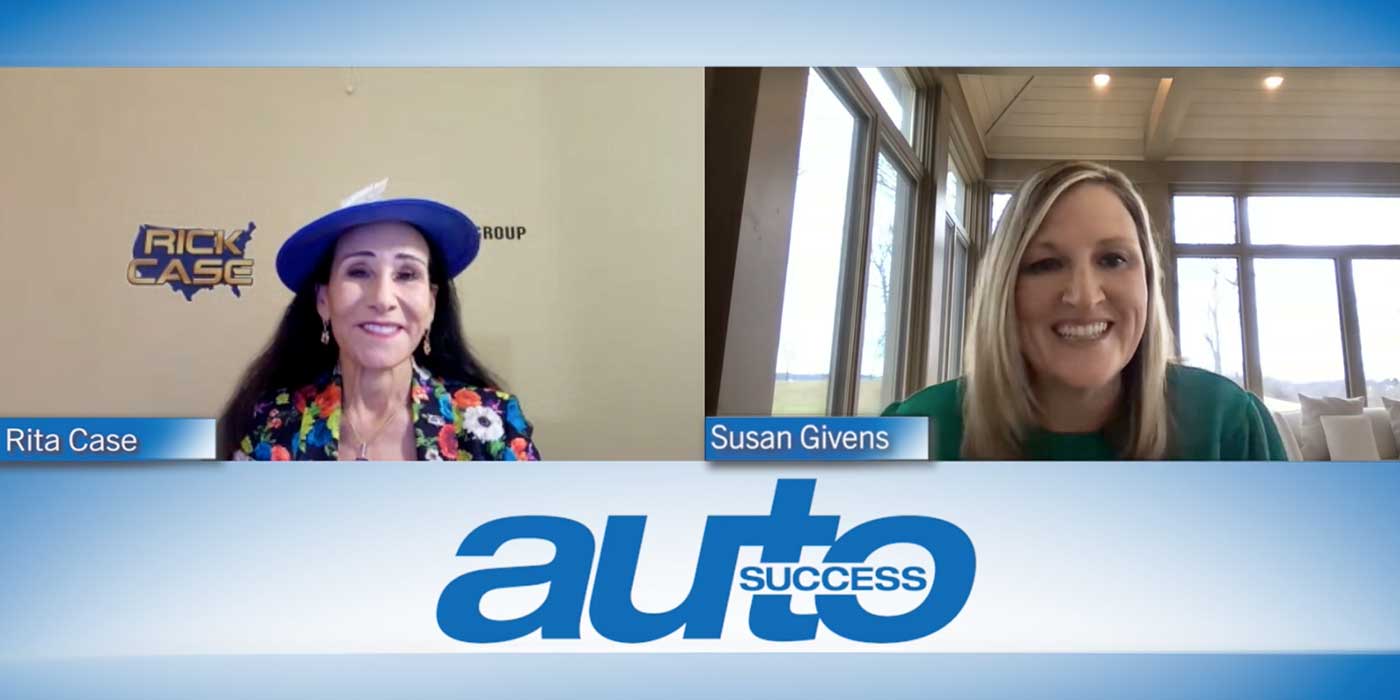As dealers plan their used vehicle department performance goals for the coming year, I’d suggest focusing on reducing the amount of time it takes to get vehicles retail-ready and online.
This suggestion follows recent studies that show it takes dealers an average of 10 days, from the time they acquire an auction vehicle and recondition it, to the time they post the retail-ready vehicle, with prices and photographs, online. The study data also suggests that reconditioning and detail work, as a whole, takes five to seven days, on average, for dealers to complete.
These timelines are a bit disappointing. Why? For one thing, the timelines have not changed much, if at all, over the past several years. I remember a long discussion in 2010 with a dealer who wanted advice to reduce the 10 days it took to bring vehicles back from auction and get them reconditioned.
In addition, the 10-day average indicates that the age-old friction between the service and used vehicle departments is as prevalent as ever — despite the fact that both departments would benefit from a higher level of collaboration and operational efficiency, particularly in today’s ever-present era of margin compression.
Just last week, I spoke with a Ford dealer in Pennsylvania who noted that, after several years, it took a change of management in his service department to trim his reconditioning and detailing timeframe down Given this backdrop, I thought it would be useful to share five best practices that top-performing dealers follow to help them consistently make vehicles retail-ready in three days or less after their arrival on the lot.
Account for reconditioning expenses when you acquire a vehicle. Because of the cost and risk associated with reconditioning vehicles, some dealers simply won’t purchase auction vehicles that appear to require more than the average amount they expect to pay for reconditioning work. The same is true with trade-ins. If a car’s a little too rough and its market appeal is marginal, they’ll opt to wholesale the vehicle, rather than take the risk of retailing it.
Automate your approval process and audit your progress. Top-performing dealers have done away with requiring used vehicle managers to approve every reconditioning RO. Instead, service managers have a green light to repair vehicles that fall within an accepted range of average reconditioning costs. If the initial inspection generates a larger-than-expected cost for reconditioning, the used vehicle manager determines any next steps. With this process, it’s important for used vehicle managers to periodically check work performed against initial appraisals to ensure the reconditioning costs charged to vehicles, and the scope of ROs, are reasonable.
Separate recon and customer-pay work responsibilities. Top-performing dealers will set up a separate team, including a manager and technicians, to focus solely on reconditioning vehicles. The size of the team depends on a dealer’s used vehicle volume, and the team’s pay plans offer rewards for consistently meeting 24- to 72-hour reconditioning/detailing timeframes. This approach eliminates the problem of vehicles waiting to be reconditioned while technicians focus first on customer-pay work.
Post photos, descriptions and prices right away. Some dealers post photos and asking prices for used vehicles within minutes of their acquisition at auction or trade-in — before any detailing or reconditioning work has been completed. The reasoning: While the vehicle’s listing online may not be optimal, its presence makes it available for potential buyers and helps speed up the retail turn rate.
Show the math. Some dealers find it takes a little extra effort to convince service directors that they will be better off if they regard the used vehicle department as their No. 1 customer and priority. In these cases, they show the math — noting how much additional gross flows into the service and used vehicle departments when technicians complete reconditioning and detailing work in a timely manner, and how much everyone loses when delays cause vehicles to sit for several days. The used vehicle director for a Midwest dealer group recently determined that if their stores could trim three days off their reconditioning/detailing process, it would generate nearly $200,000 in additional gross profit per year.
Dealers who make it a priority to reduce the time it takes to make used vehicles front-line ready typically enjoy two benefits: They sell vehicles in less time and improve their front-end grosses by retailing a larger share of vehicles when they’re fresh.













